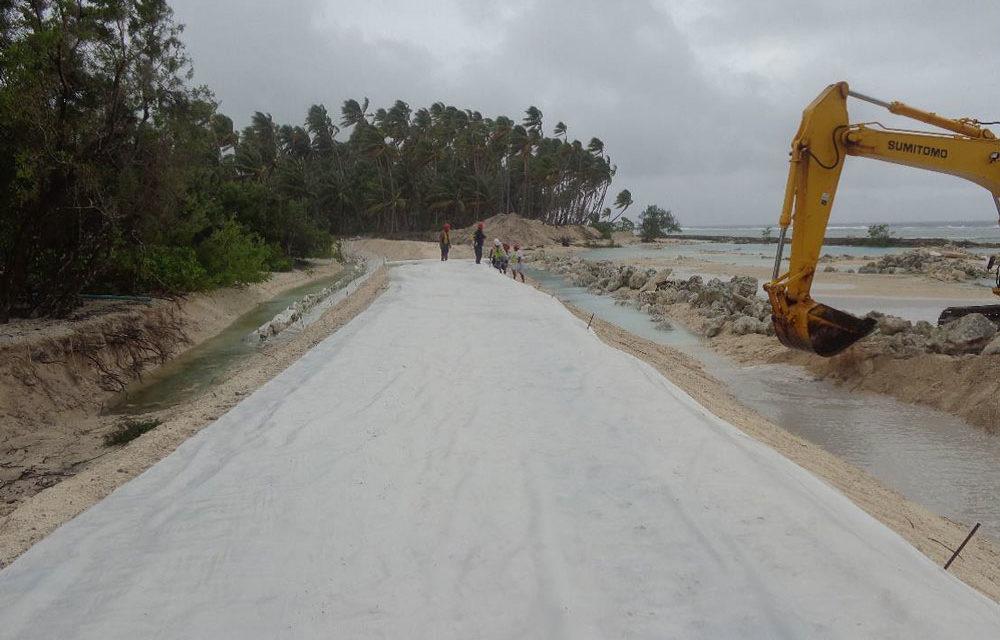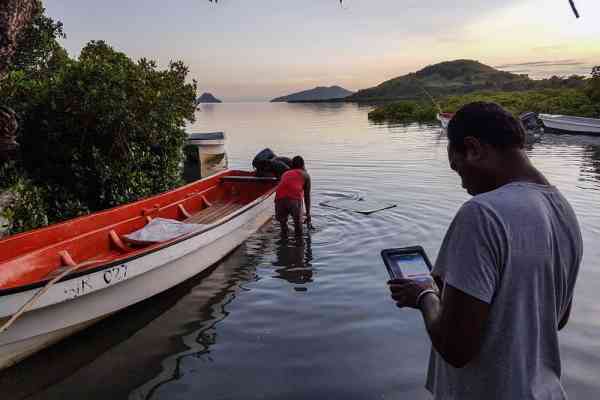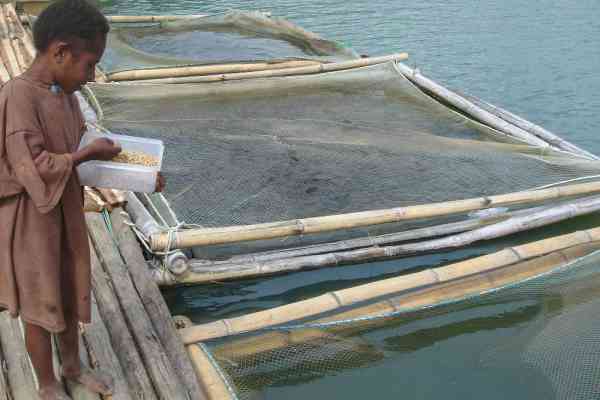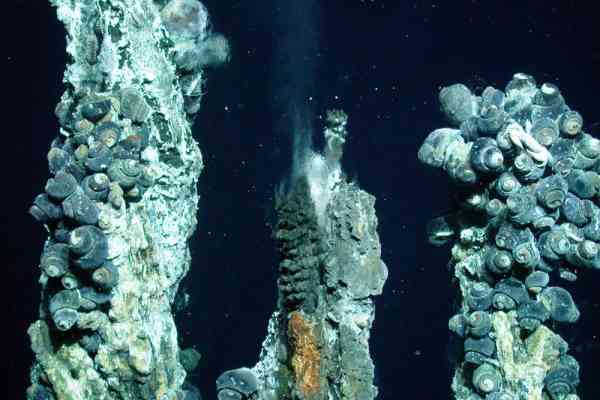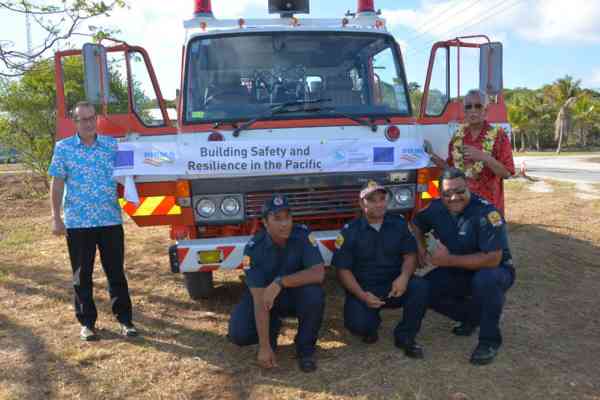A new causeway built in a remote part of the Republic of Marshall Islands (RMI) has strengthened access between two sections of Woja Island facing severe coastal erosion.
In recent years, the people of Woja Island, Ailinglaplap Atoll, had found it increasingly difficult to travel to school or the health centre, to go shopping or visit family and friends, because their road was often covered by water.
“During the past seven years, it’s been hard at times to get to school,” explained a student at Anjua Loeak Elementary School on Woja Island, Rosty Noka. “I couldn’t cross the causeway because of the high tide so I had to wait for the tide to go down.”
Around 1729 people live on Ailinglaplap Atoll. The community faced numerous challenges, said Woja Island resident Biem Ring. “Sometimes when we needed to take sick people to the health centre, we couldn’t because of the high tide,” he said. Those returning from the other side of the island risked becoming stranded.
Rising sea levels are an increasing issue in RMI, where many of the nation’s 29 atolls are less than three metres above sea level. Six low-lying atolls, including Ailinglaplap, have been targeted for priority infrastructure improvements to roads, causeways and airstrips. Strengthening the capacity of the Ministry of Public Works and ensuring community involvement are key factors in boosting coastal resilience and combatting erosion.
The Coastal Causeway Project involved constructing a rock causeway, combined with other measures such as tree planting, to strengthen the vital narrow road link between two parts of Woja Island. It’s part of the regional Global Climate Change: Pacific Small Island States (GCCA: PSIS) initiative, supported by the European Union in partnership with the Pacific Community (SPC).
The causeway is 70 metres long and around three metres above sea level. An engineer with the Ministry of Public Works, Melvin Dacillo, said all materials such as rocks and backfill were locally sourced. Using local materials was cheaper and more convenient – the atoll does not have a jetty for loading and unloading goods, and there are only two suitable boats working in the area.
Woja Island residents and school students were involved in activities such as collecting seedlings and tree planting, working with the Environmental Protection Authority, Ministry of Education, the College of Marshall Islands Land Grants Division and SPC.
Other activities SPC helped to implement as part of the project included supporting a national dialogue on climate change and developing a glossary of climate change terms in Marshallese to promote understanding.
The causeway was opened in November 2015 by President of the Republic of Marshall Islands, Christopher Loeak, who said support from the European Union and SPC ensured the country had the capacity to tackle similar projects with development partners.
The EUR 11.4 million GCCA: PSIS project is building resilience in food and water security, health and coastal protection in nine small Pacific Island countries. This will assist around 147,000 people – more than half the combined populations of Cook Islands, Federated States of Micronesia, Kiribati, Marshall Islands, Nauru, Niue, Palau, Tonga and Tuvalu.
Highlights
- Causeway strengthens access between two parts of Woja Island facing coastal erosion made worse by rising sea levels
- Better access at all times of day has improved public safety and the wellbeing of communities on both parts of the atoll
- Constructed by the Ministry of Public Works using local materials, with other components such as tree planting by residents and school students, and technical support from SPC
